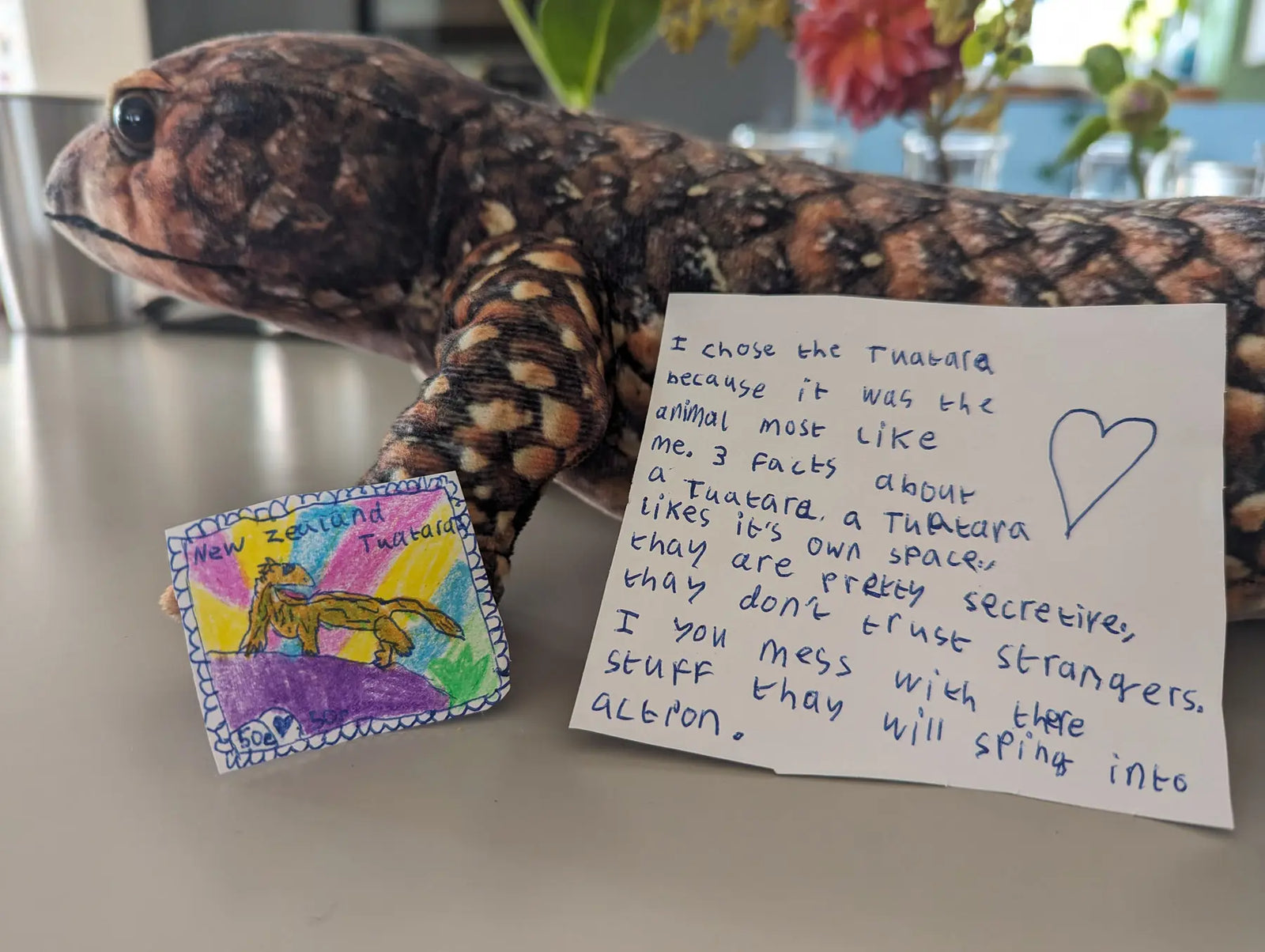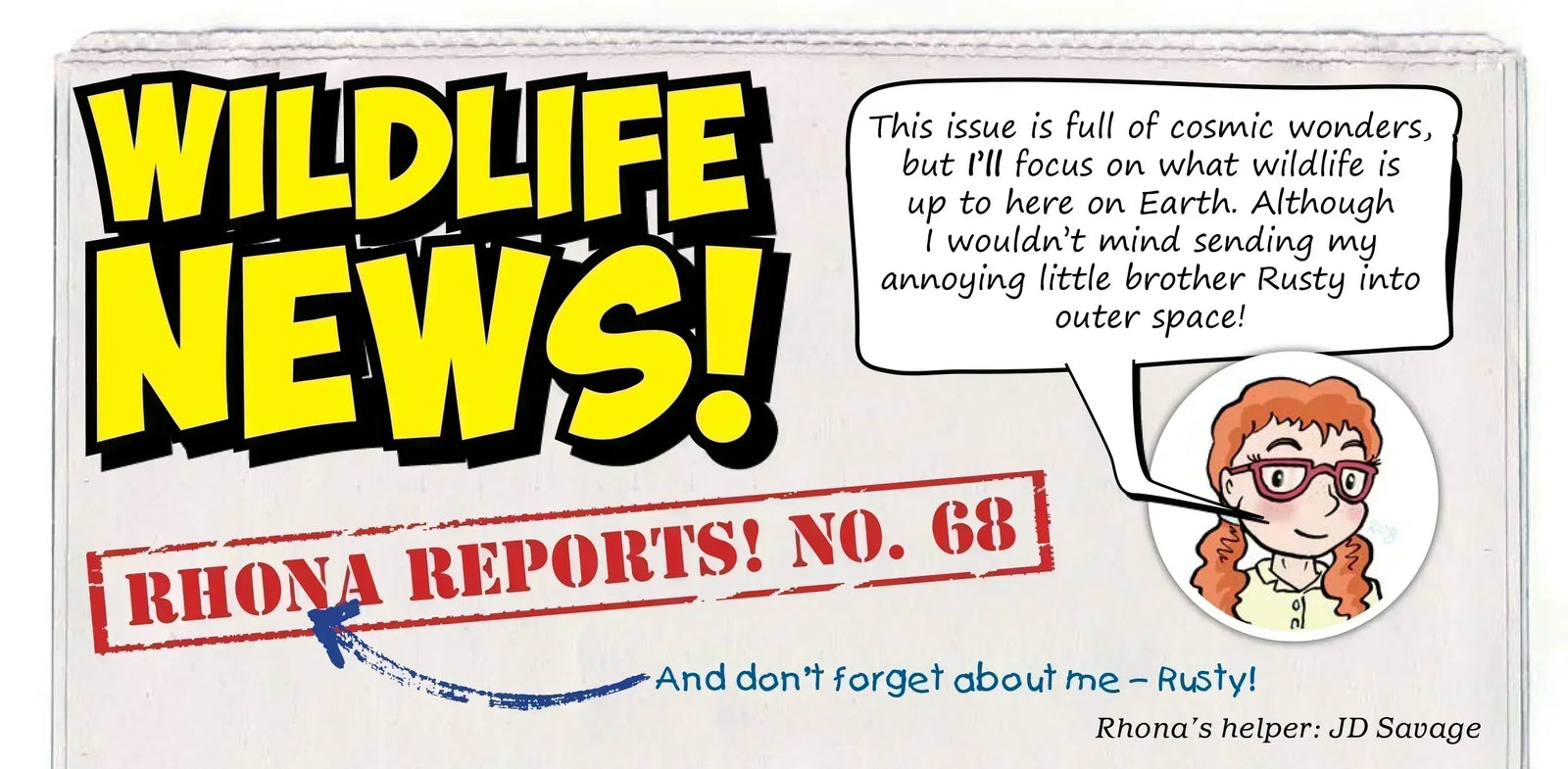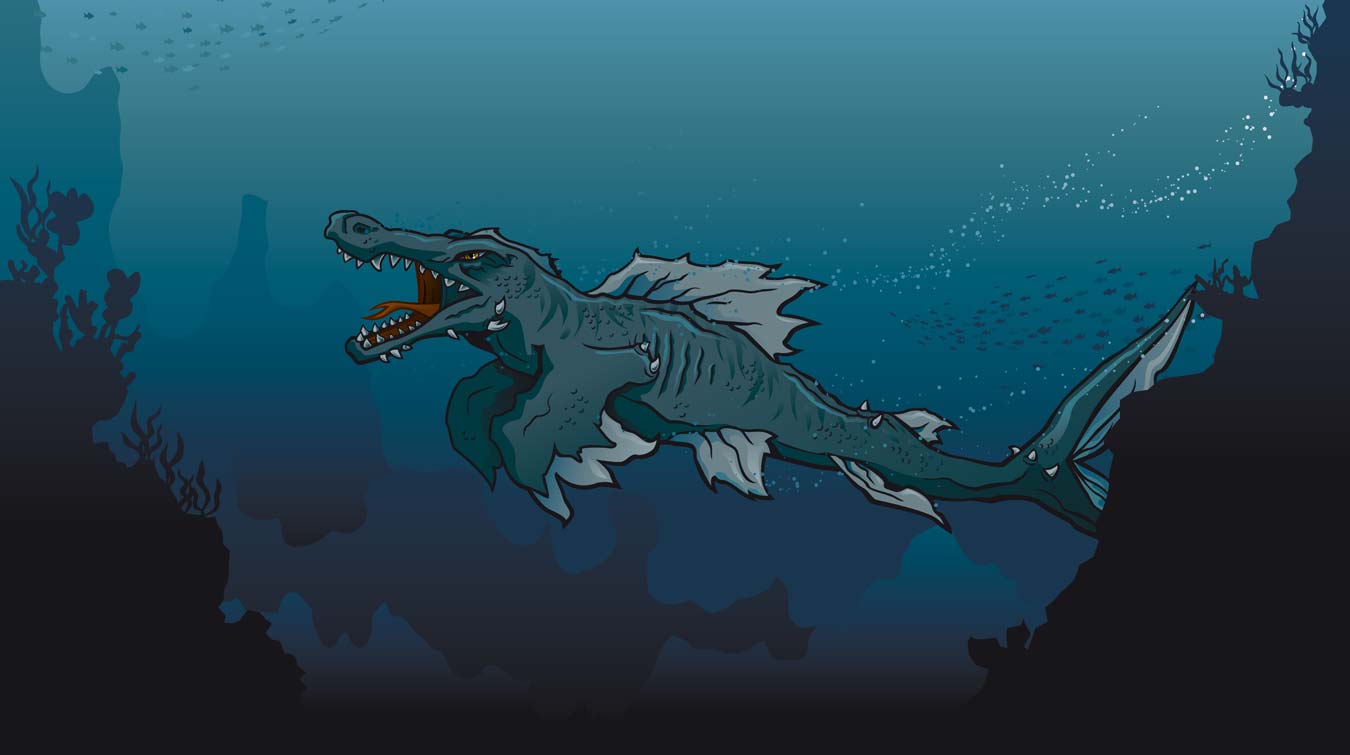Your Cart is Empty
Black Friday: 10% off subscriptions + two bonus gifts — code BLACKFRIDAY
Black Friday: 10% off subscriptions + two bonus gifts — code BLACKFRIDAY
First up, what’s the difference between WEATHER and CLIMATE?
Weather is the everyday picture: rain, sun, wind, snow, hot or cold. Climate describes the weather conditions from a large region on a bigger scale. The climate is recorded in studies taken over 30 years or more.
Studies show that Earth’s climate is changing. It’s getting hotter. And it’s getting hotter much faster than at any other time in history. This is worrying scientists and lots of other people who want to look after our planet. A hotter planet doesn’t mean lovely, sunny days. It means a huge disruption to the planet’s natural balance.
Everything on Earth is connected – oceans, land, air, plants, animals and the sun’s energy all affect each other. The Arctic melting means polar bears are losing their habitat. As the ice melts, up go the sea levels. And if sea levels rise in the Arctic, this impacts other oceans, too. It affects the weather, air temperature and oxygen levels. It changes the overall global climate. GLOBAL WARMING is leading to all sorts of extreme weather conditions all over the world.
 One word: humans. Three main reasons:
One word: humans. Three main reasons:
1. Burning fossil fuels, such as oil and gas, releases gases into the atmosphere. These trap the sun’s heat and warm the Earth further.
2. Farming – when cows fart, they produce methane gas. Just imagine the effect on the Earth’s atmosphere of 1.5 billion cows farting!
3. Deforestation – forests hold a vast amount of carbon, stored in trees over hundreds of years. When trees are cut down, they release this carbon into the air!
There are too many, so let’s just look at some of the top victims.

1. POLAR BEAR
Symbol of climate change, Arctic icon and star of the skies.
WHERE? The Arctic. This is where global warming is currently hitting hardest. The bears’ sea-ice habitat is literally melting under their feet.
HOW MANY? The World Wide Fund for Nature (WWF) estimates that there are just 22,000-31,000 polar bears left in the world.
CLIMATE CHANGE IMPACT: The bears rely on the sea ice for travelling, hunting, mating and resting. They only visit the land to make maternal birthing dens. The landscape is changing. As the ice melts, it breaks and drifts, sometimes carrying the bears with it. They can become disorientated and struggle to find their usual birthing areas. Polar bears’ prey, such as ringed and bearded seals, also depend on the sea ice. If their food, as well as their environment, disappears, what will happen to them?
ADAPTABILITY: Polar bears have large fat-insulated bodies, thick waterproof fur, and slightly webbed paws. Which means they are perfectly adapted to their freezing environment. So, what happens when their environment changes? They are strong swimmers. They need to be because as the ice melts earlier and faster each year, they are having to swim longer and longer distances to find food. This is exhausting. The big question is: if the ice melts completely, will polar bears be able to adapt to life on land? When it comes to evolution, we know that bigger is not necessarily better…

2. ADE´LIE PENGUIN
So much more than cute – hardy and tough, top forager and expert predator!
WHERE? Antarctica.
HOW MANY? Ade'lies are the smallest and most widespread penguin species in Antarctica. Populations have increased in the areas less affected by climate change. But on the north-west coast of the Antarctic Peninsula, warming has been dramatic. Here, the Adélie population has fallen by more than 65% in the past 25 years.
CLIMATE CHANGE IMPACT: Ade'lie penguins eat tiny crustaceans called krill. Krill live on the underside of the ice, so as the ice disappears, so does the Ade'lie’s dinner. So, these plucky penguins are migrating longer distances to find food. This uses more time and energy: less time to care for their young and less energy for breeding.
ADAPTABILITY: Ade'lies need land to breed on. Warmer temperatures can bring rain and make snow melt too early, creating puddles on the ground. Penguins can't lay their eggs in puddles, so there is less space to breed. Other species, such as
Gentoo, are far better adapted to warmer environments, and these penguins are invading the Ade'lie’s space. These plucky birds play a vital role in the whole Antarctic food chain. If they go, the whole balance is upset.
3. SEA TURTLE
Green, Kemp’s ridley, hawksbill, leatherback, loggerhead, flatback and olive ridley!
 WHERE? Almost every ocean basin throughout the world.
WHERE? Almost every ocean basin throughout the world.
HOW MANY? Nearly every species is classified as endangered… Tens of thousands of sea turtles die each year because of illegal trade and overfishing.
CLIMATE CHANGE IMPACT: Sea turtles’ lives are largely ruled by temperature. Hotter sands are resulting in more female turtles being born. This short-term adaptation means more turtles will be born in the next 20-30 years. But, in the long run, too many females will eventually lead to extinction. Rising seas and stormy weather are having a massive impact. These factors are destroying the beaches where turtles lay their eggs. The hawksbill turtle is dependent on coral reefs. But reefs are dying due to climate change.
ADAPTABILITY: Warming ocean temperatures are also affecting turtles’ food sources. Scientific studies have shown that every summer, hawksbill turtles migrate towards cooler waters. This is to escape the high temperatures of their nesting sites. But how far can they swim from a warming planet?

4. BEES
Bees under siege – our beautiful, brilliant pollinators are in peril!
WHERE? The UK.
HOW MANY? There are over 250 species of bees in the UK, including 25 species of bumblebee and just one single species of honeybee. A third of British bees are in decline. A combination of climate change, habitat loss, pollution and disease are pushing many species to extinction.
CLIMATE CHANGE IMPACT: Climate change disrupts the seasons – we are having warmer, wetter winters, and seasons that start at irregular times. These changes mean that bees are finding it more difficult to nest and feed.
Bees are vital for our food system. They are the primary pollinators for crops in the UK. Honeybees pollinate 40% of our main food crops.
ECO KIDS UNITE TO SAVE OUR BEES!
Grow more bee-friendly flowers in your garden or a pot on a windowsill! Allow corners of your garden to grow wild, proving shelter for bees. Encourage your school to get involved in Buglife's B-Lines project. The national B-Lines project is creating a series of flower-rich ‘insect pathways’. It aims to create and restore over 150,000 hectares of habitat across the UK. Happy news for bees!
Comments will be approved before showing up.
Meet the winners of our New Zealand postage stamp competition and explore a gallery of brilliant children’s designs celebrating Aotearoa’s unique wildlife.
Here’s a sneak peek straight from our latest issue of Eco Kids Planet, Wonders Beyond Earth. Wildlife News is where Rhona and Rusty round up the wildest real-world stories from across the planet. Enjoy the read! 🌎 Amazing Photo Entries! The Wildlife Photographer of the Year team gave me a sneak...
We asked you to dive deep into your imagination and invent a mysterious sea creature – and you didn’t disappoint! From glowing krakens and ancient owls to daring underwater adventures, your stories were packed with suspense, surprises and creativity. Thank you to everyone who took part – we’re thrilled to announce our four winning stories.



